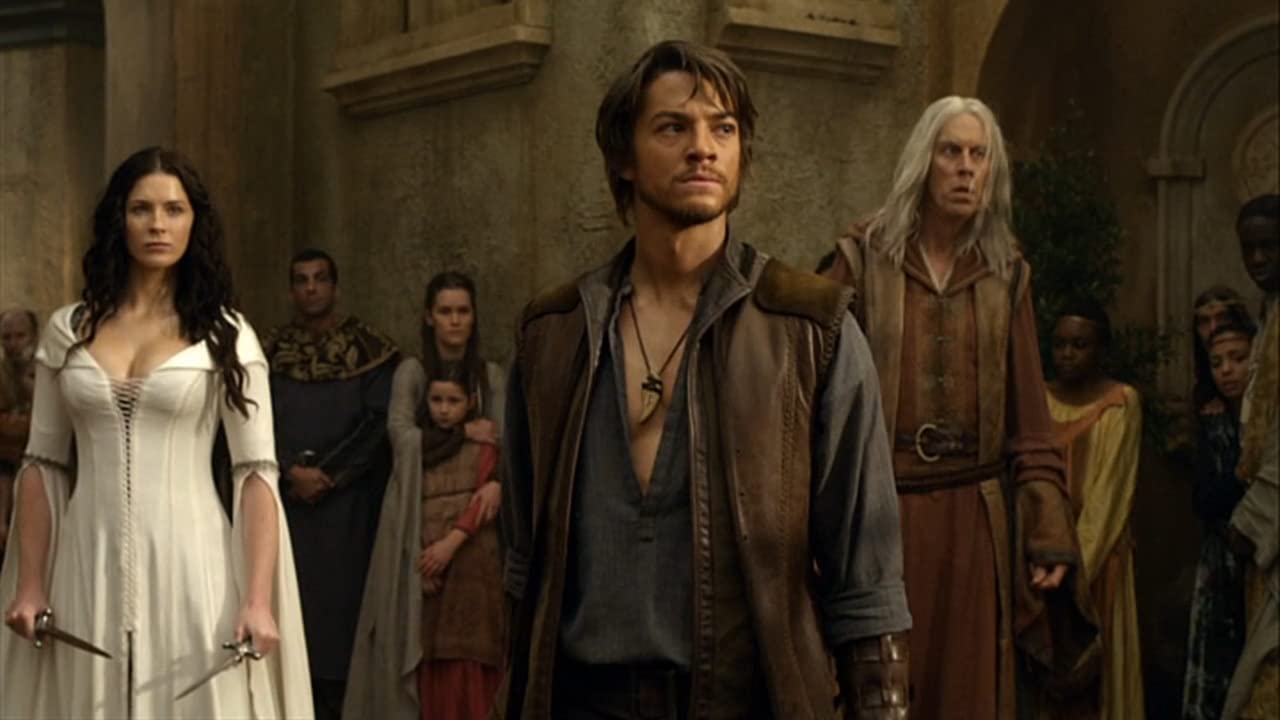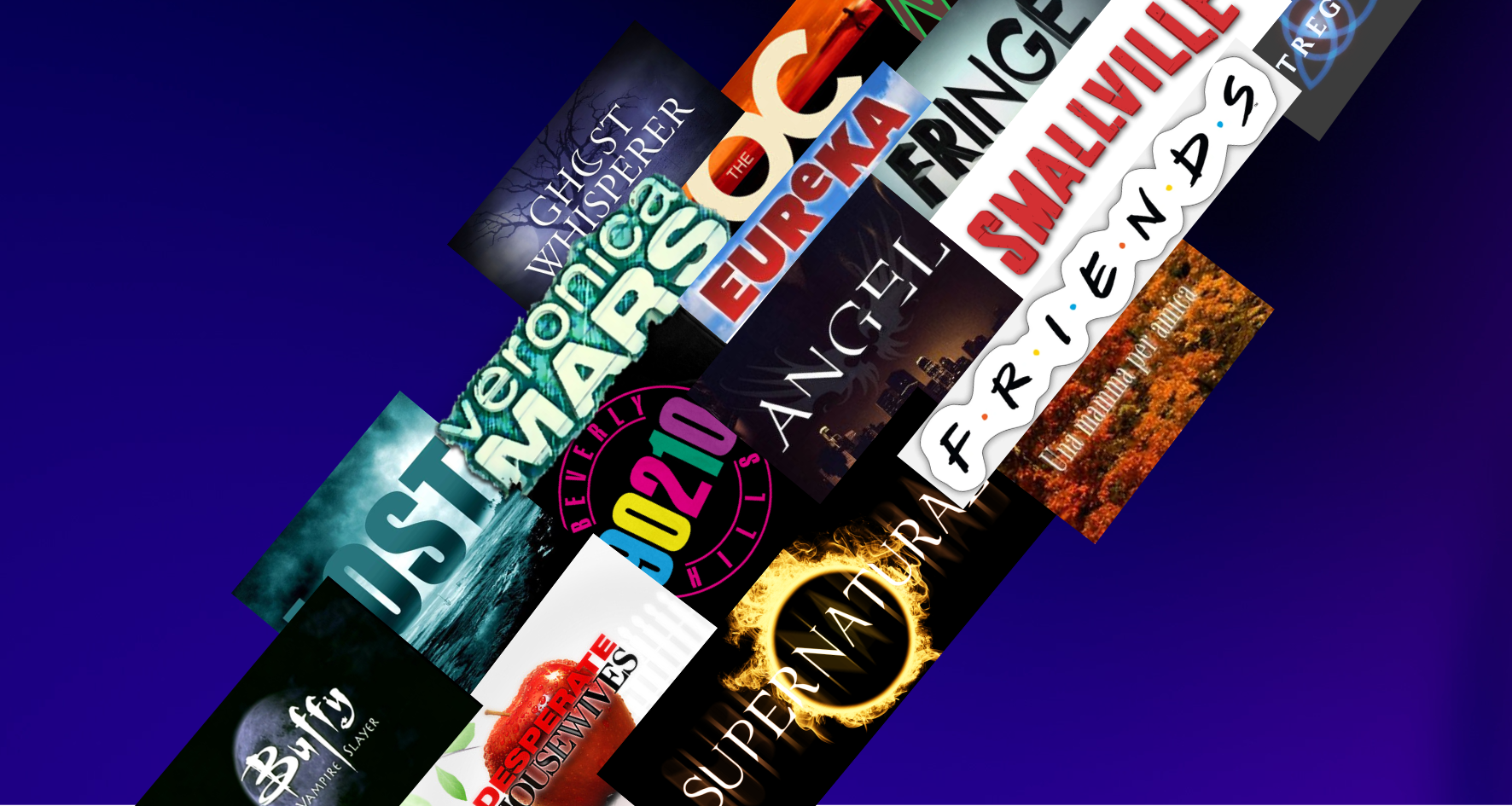With such an impactful cinematographic personality like Luca Guadagnino developing it, We Are Who We Are is a TV show that faced great expectation right from the very beginning and inserted itself into a genre of stories about adolescence that contemporary audiences seem to like a lot.
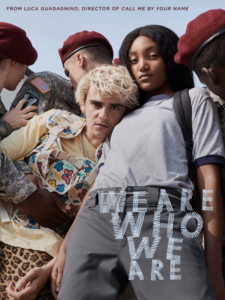
© HBO
Plot
Set in a U.S. military base on Italian soil and with two young American kids as protagonists, We Are Who We Are explores friendships, first-loves, and identity, and tries to immerse the audience in the chaotic exhilaration and anguish of being a teenager – a story that could happen anywhere in the world but, in this case, takes place in a small slice of America in Italy.
Review
The expectations of a name
Even more than Luca Guadagnino‘s involvement, one of the reasons for the expectations surrounding We Are Who We Are is one of the most talked-about movies of the last few years by the same director: Call Me By Your Name.
It could seem a little unfair to start a review of We Are Who We Are by mentioning a hugely successful work that precedes it, but it’s understandable that a fair part of the audience only gave a chance to the newest We Are Who We Are because of the existence of Call Me By Your Name. It’s therefore impossible to separate, at least while initially approaching it, a review of the TV show from the existence of the movie.

© HBO
Both titles by Guadagnino try to explore the theme of identity over some of the most formative years of a person’s life. But if the similarities between the two seem unavoidable in the beginning, it’s clear very early on in We Are Who We Are that the central themes of the story are brought to the extreme in the TV show.
The stylistic element
There are two things in We Are Who We Are that appear immediately hard to approach for the audience: the cinematographic style and the metaphoric language.
We Are Who We Are is a very slow story that tries to write poetry with its footage of the setting that surrounds the events, and it doesn’t always manage to do as good of a job as it is trying to. Slowing down a story that talks about the delicate themes this one contains can definitely prove useful to the narration, but it’s much easier to ask the audience for the kind patience required for a two-hour movie rather than when you’re trying to make the viewers come back for eight straight weeks, and I’m not sure everyone watching the show will think it’s worth the effort.
Just like the story asks for an exercise in patience, in fact, the way it is told can also end up proving unappealing. We Are Who We Are seems not to want to say anything openly, it lets its characters understand each other in ways that can sometimes be inaccessible to those watching from the outside and it requires the viewer to come to their own conclusions for most of the story.
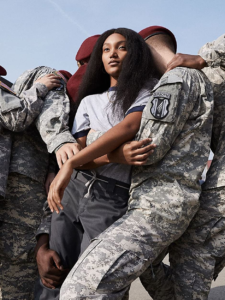
© HBO
Openly expressing an idea and position isn’t always a necessity, and there might actually be a great lack of content that requires active thought toward what is shown, but it’s also not an exaggeration to say that We Are Who We Are tends to lose itself in its aestheticism and its setting and forgets to always bring substance.
Teenage vibrancy
The subtlety of the subjects, however, does not prevent the show from displaying strong emotions.
Fraser (played by Jack Dylan Grazer) might be the strongest personification of the existential discomfort of adolescence. An outsider in every way – he’s the new kid, part of a family that tends to be frowned upon in a military base with specific politic alignments such as an American one -, he seems to even be uncomfortable in his own skin and he is the spark that makes some of the other characters, and Caitlin (played by Jordan Kristine Seamón) in particular, doubt the truths of their lives.
The show does an excellent job of reminding us that teenagers have the capacity to experience very adult feelings, sometimes more adult than the adults themselves, and it is an ever-valid truth that every teenager who has had to struggle against the inability of the adults around them to take their feelings seriously knows very well and hopes to remember as they grow up.
The aesthetic and narrative of the setting
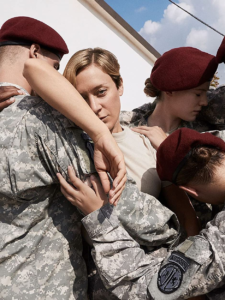
© HBO
As already mentioned in the plot section, We Are Who We Are is set in a U.S. military base in Italy.
Aesthetically, this means that the show has a chance to branch out in a landscape that Italian viewers will find familiar and nostalgic. In this regard, the series does a solid job of integrating the Italian-ness of the atmosphere in the story, also thanks to some of its background characters.
At the same time, however, the fact that the story unfolds in an American military base gives the story the ability to even more strongly represent the struggle to belong that is often felt in adolescence and the arrogance of some of the expectations of the characters and of the American-ness itself.
The setting seems to be at the same time a critique of American imperialism that steals the youth of the kids with its precise expectations, and a way to represent the impossibility and the rejection of most of the characters to assimilate into the country around them.
There’s definitely an advantage and a specific discomfort that comes with representing characters that don’t seem to be able to belong to their setting – in more ways than one – but it might also be time to tell an Italian story. We have this dept, we have this enigma, we have this discomfort that is portrayed in We Are Who We Are. Queer kids and adults in Italy have plenty of this discomfort, and we don’t need to look for it elsewhere.
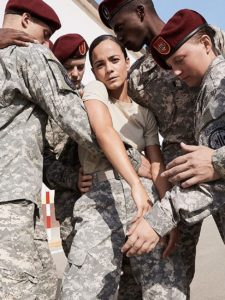
© HBO
By othering these feelings, this internal dread, from Italian-ness we tend to make them not ours. In We Are Who We Are we end up seeing them through the lens of the ridiculous. I am guilty of this too because the sheer American-ness of the characters often makes you look to the person next to you with whom you’re sharing the experience of the show, roll your eyes and say, “Ugh, Americans, am I right?”
But we do have these stories, we have them in an intrinsically Italian way, and we don’t need this lens, this point of view. There is, I believe, a great lack in Italian cinema and TV to make these stories belong to us.
The themes
It seems a bit late, after everything that has already been said, to be talking about the themes of the show. However, even though it’s immediately clear that the subject matter is the true heart of We Are Who We Are beyond the aesthetics and the setting, without first talking about how said subjects are treated, it would be difficult to describe how they tie into the rest of the narration.
The most prominent theme of the series is definitely identity – specifically gender and sexual identities -, but a big part of the story is less about directly expressing how teenagers develop and perceive their own identity and more about how the people around them expect said identities to emerge.

© HBO
We Are Who We Are comes after another show about adolescence that deals with some of the same themes in a very similar way: Euphoria. Watching both as an adult, it’s impossible for me not to wonder whether today’s teenagers really are as self-damaging as they are shown to be.
I remember my hatred for my teenagehood perfectly and I often see it in my adolescent cousins, but there’s also the joy, the strength of the positive feelings that make a counterweight to the whole negative side of that period of life, and TV shows like We Are Who We Are and Euphoria seem to mostly neglect such joy in their stories.
Is it essential to suffer to be who one is? Is this really the only way that today’s teenagers seem to perceive their own existence? And if it is so, what’s the fault of us adults in this?
Adults and kids
We Are Who We Are seems to be saying that the feelings it talks about are too strong for the teenagers of the show, but they’re still the only ones who are able to experience them, while the adults are almost blind to that strong internal chaos and unable to feel empathy for it.

© HBO
The scenes between the adults of the show provide a useful insight into the culture, the intersection between racism and queerphobia, between desire and expectation. At the same time, the teenagers demonstrate an experimentation of being that isn’t often permitted to them in real life because of the way society perceives what it means to “protect” them.
Very rarely do the parents in the story manage to show empathy for their children in a way that would benefit the kids, and it becomes a way for the viewers to both want the adults of the show to do better and – hopefully – to recognise their own tendency to act the exact same way toward the teenagers around them in real life.
It would be very easy to dislike some of the kids in We Are Who We Are, but I never really could feel anything beyond an immense sadness and a great protectiveness towards what are basically still just children whose youth is sacrificed and pursued in every episode.
The acting
All in all, the cast does a good acting job of demonstrating the feelings that the show requires. Jack Dylan Grazer, especially, is excellent in his role as Fraser even though it’s very hard sometimes to love the character. Dylan Grazer gives Fraser moments of sincere authenticity mixed with an insufferability inherent to the character.
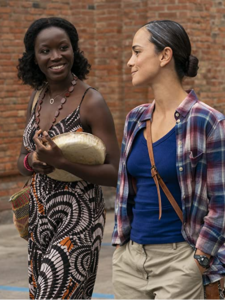
© HBO
Jordan Kristine Seamón as Caitlin also brings plausibility to the performance, but she has a more difficult job that sometimes becomes confounding to the viewer. It’s not necessarily a bad thing, but rather an added level of complexity to the character that can, however, end up visually vague and that is probably the fault of Guadagnino himself rather than the young actress.
Final thoughts
Even having seen the whole of it, I am unable to say whether I liked We Are Who We Are or not.
There are parts in the show that made me very happy, that brought back pleasant memories of being a teenager, but there are also parts that didn’t sit quite right with me and for which I can’t fully articulate why but that still feel very important when considering the show in its entirety.
The truth is that We Are Who We Are is not the kind of TV show that lets you say with any certainty “This is the story it’s trying to tell and this is its message”. That means that the only way one can try to understand it is through one’s own opinions of it, the ways in which it resonated with the individual experiences of each viewer. This means that the people who think that the show isn’t saying anything much at all aren’t all that wrong either.
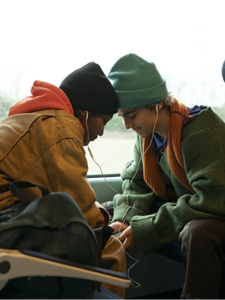
© HBO
Furthermore, tt’s impossible for me to either recommend you watch it or you don’t because of the active effort it took even me to go back and watch it every week until it ended.
For me, this show just confirms some of the thoughts that I have on adolescence as an adult who can finally see it from the outside: being a teenager is a nightmare. But it’s also tender, and it’s a dream, but most of all, it’s fucking confusing.
The show made me think more about what it meant for me personally and what I hope it means for the kids around me to be a teenager and less about what the story was actually trying to say or communicate.
Most of the time, the answer was: I don’t know. Really, I don’t know.
I also ended up asking myself, especially in its last moments, if We Are Who We Are was really a love story, and maybe it is or maybe it isn’t.
Watching this show is something that you have to decide for yourself. Whether it intrigues you, whether you only want to watch it because Guadagnino made it, whether you heard too many negative opinions about it and want to keep as far away from it as possible, you’re right. You’re right in any case, but the only advice I feel like giving is this: make your own opinion about it, regardless if it’s a positive or negative one.
